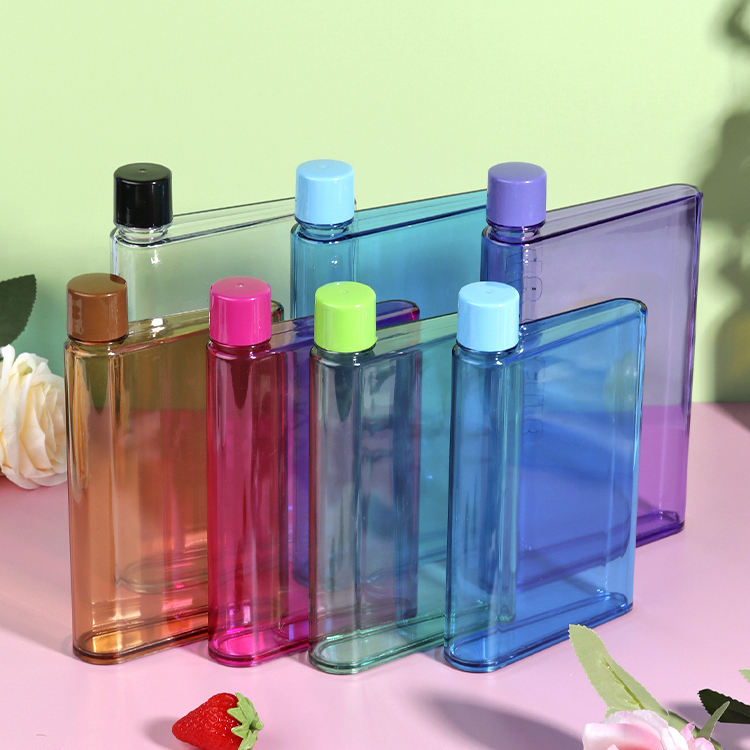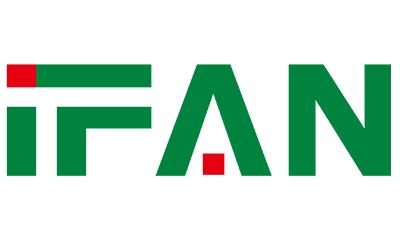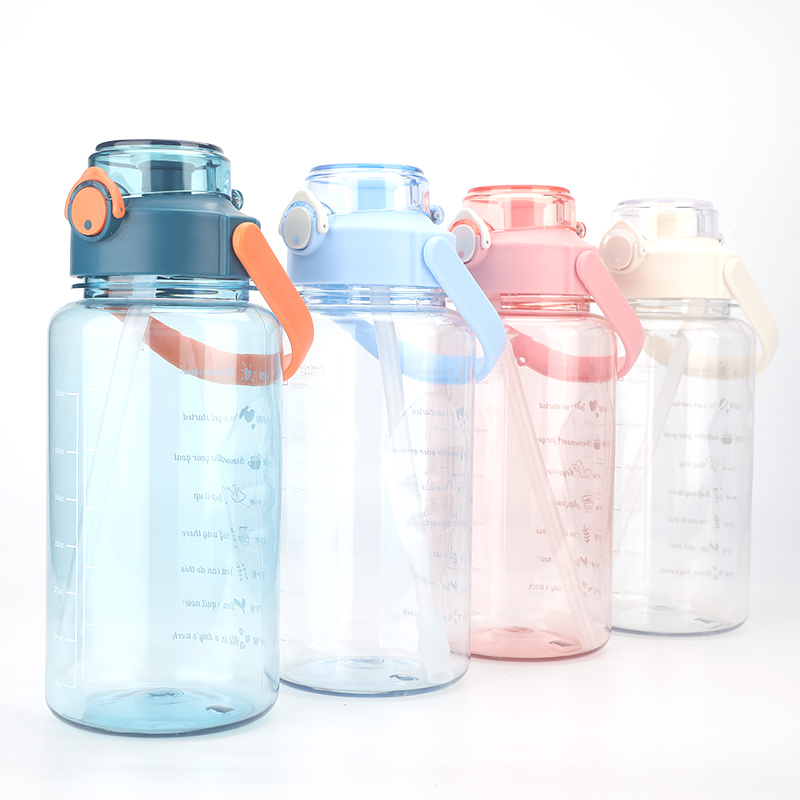Plastic is a common item in our life, it is a kind of organic synthetic polymer material, widely used. In the past few decades, with the great convenience brought by plastics to our production and life, the “white pollution” caused by waste plastics has become increasingly serious. If we can understand the composition and classification of plastics in detail, it can not only help us use plastic products scientifically, but also help the classification and recycling of plastics, and effectively control and reduce “white pollution”.
Types of plastics
So far, there are nearly 100 kinds of plastic materials known. According to the functional plastics are divided into general plastics, engineering plastics and special plastics three types. There are seven types of plastic commonly used, and if we take a closer look at the bottom of a clear plastic bottle (for example, a plastic bottle containing food and laundry detergent), we will notice a triangular recycling symbol consisting of three arrows and the numbers 1-7.
This code is a code for the type of plastic products used by the Society of Plastics Industry (SPI), and the numbers 1-7 represent the type of resin used in plastics. With this number, the identification of plastic varieties in waste recycling plants becomes simple and easy, and recycling costs are greatly reduced. Nowadays, many countries in the world have adopted this SPI marking scheme.
If the number is “1”, it means that the plastic is made of a material called polyethylene terephthalate (PET); Some opaque plastic bottles (for example: plastic bottles containing milk), the number in the triangle symbol is “2”, meaning that it is made of high-density polyethylene (HDPE), which can be seen in the following figure.

Network diagram: Resin types of seven plastics
Representative products of seven common plastics and usage instructions
This part mainly introduces the representative products of these seven common plastics, and the places that we need to pay attention to in our daily life due to the characteristics of the materials.
1, polyethylene terephthalate – 01 PET such as: mineral water bottles, carbonated beverage bottles
Use: Heat resistant to 70℃, only suitable for warm or cold drinks; Loaded with high temperature liquid, or heating, it is easy to deform, and substances harmful to the human body melt out. Therefore, the beverage bottle is used up and thrown away, do not be used as a water cup, or used as a storage container to carry other items, so as not to cause health problems.
2, high-density polyethylene-02 HDPE such as: cleaning supplies, bath products.
Ordinary plastic bags are made of polyethylene (PE), its toughness is better, PE is also divided into HDPE (high density polyethylene) and LDPE(low density polyethylene), the density is different, resulting in some of its properties are very different.
Use: Can be reused after careful cleaning, but these containers are usually not easy to clean, residual original cleaning supplies, become a hotbed of bacteria, it is best not to recycle.
3, polyvinyl chloride – 03 PVC such as: some decorative materials.
Use: This material is prone to harmful substances at high temperature, if in use, do not let it be heated. At present, containers of this material have been relatively rarely used for packaging food.
4, low density polyethylene – 04 LDPE such as: plastic wrap, plastic film, etc.
Use: itself is breathable and impervious to water, heat resistance is not strong, usually, qualified PE cling film will appear hot melt phenomenon when the temperature exceeds 110 ° C, leaving some plastic preparations that the human body can not decompose. Before putting into the microwave oven, be sure to see whether the packaging of the plastic wrap is printed with microwave oven heating words, without this sign, it is not suitable for microwave oven heating.
5, polypropylene – 05 PP (resistant to more than 100 degrees of temperature) such as: microwave lunch box.
Use: This is the only one of the seven plastic boxes that can fit in the microwave and can be reused after cleaning. It is worth noting that some microwave lunch boxes, the box body is made of No. 5 PP, but the box cover is made of No. 1 PE, because No. 1 PE can not withstand high temperature, it can not be put into the microwave oven with the box body. So before putting the plastic box into the microwave oven, you can first remove the lid.
Polypropylene has also played a great role during this year’s epidemic: disposable medical protective clothing and disposable masks are mostly made of non-woven fabrics that spray tens to hundreds of nanometers of silk at high temperatures.
Network diagram: disposable masks
6, polystyrene – 06 PS (heat resistance 60-70 degrees, hot drinks will produce toxins, burning will release styrene) such as: bowl instant noodles box, fast food box.
Use: It is both heat and cold resistant, but can not be put into the microwave oven, so as not to release chemicals due to high temperature. And can not be used to load strong acids (such as orange juice), strong alkaline substances, because it will break down the polystyrene that is not good for the human body, easy to cause cancer. Therefore, we’d better not pack hot food in a fast food box.
Because it is cheap, it is now widely used, for example, many disposable plastic tableware is made of it. However, it is difficult to degrade itself and is harmful to the environment. It is recommended that you try not to use such plastic products in your life.
7, other plastic code – 07 Others such as: kettle, water cup, baby bottle.
If there is no number on the plastic package, it is generally regarded as number seven, other categories.

Current recycling situation
In general, No. 1 and No. 2 plastic products are recyclable and we can put them directly into the blue recyclable bin (note: All recycled items must be clean). At present, the recycling rate of No. 1 plastic is about 20%.
In the waste treatment plant, the recycled plastic waste will be sorted by color and type (common sorting techniques include manual sorting and machine sorting), and some will be sorted by weight through blowers. The sorted plastic waste is chopped up, melted into balls and then sold to manufacturers for reprocessing, and the recycled plastic can be used to make carpets, clothing, plastic packaging and other products.
Network diagram: Blue recyclable trash can
No. 3 plastic is currently rarely recycled. Occasionally recycled directly by plastic manufacturers, it is remade into building materials.
No. 4 plastic, such as various plastic bags used in ordinary times, is a recyclable material, but it has been rarely recycled because its economic efficiency is relatively low. At present, more and more communities and institutions are beginning to pay attention to this part of recycling. Did you throw out the right article? Introduced a web site, you can query to accept plastic bag recycling site: https://www.plasticfilmrecycling.org/. But remember that No. 4 plastic can’t be thrown into the blue recycling bin just yet.
Plastic No. 5 (polypropylene) is currently the second most used type of plastic in the world, but the recycling rate is less than 1%. Some products from plastic 5 and 6 can be recycled, such as clean food/yogurt containers, and it is recommended to check with your community’s waste disposal agency.
No. 5 plastic, such as yogurt containers, is recycled, and is generally downgraded and reused because of technical limitations, and cannot be reused as raw materials for food packaging. While searching for information, I found a company dedicated to plastic recycling – PureCycle. It currently focuses on the treatment of No. 5 plastic waste through a patented recycling process developed and licensed by Procter & Gamble (P&G), which separates the waste plastic raw material from color, odor, and other contaminants and converts it into clean, “high quality” recycled polypropylene. And, unlike other recycling technologies that use chemical recycling, its purification process is a physical process combined with non-toxic additives that will require less energy. The company reintegrates recycled polypropylene into highly sensitive consumer product applications, including those used in food and beverage packaging, consumer product packaging, automotive interiors, electronics, household goods, and many other products.
Plastic No. 7 has not been recycled much before, but with new types of plastics, such as polycarbonate, also classified this way, recommendations can also be confirmed by checking local recycling policies.

